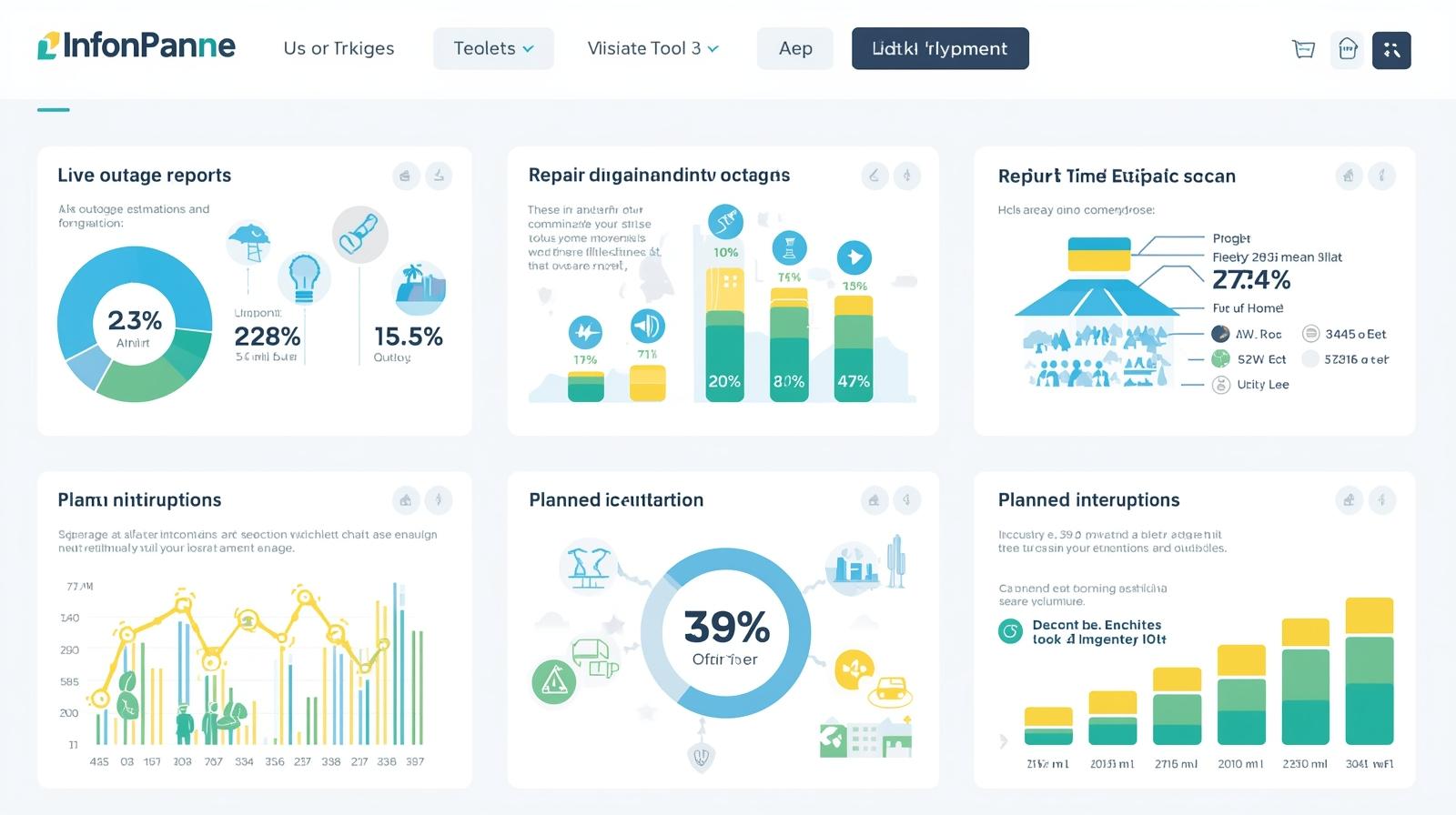In the fast-paced environment of restaurants, smooth payment processing is crucial for maintaining operational efficiency and ensuring customer satisfaction. Restaurant merchant services, which include point-of-sale (POS) systems, payment processing tools, and ACH payments, are the backbone of how restaurants handle transactions. However, they also come with specific risks and security concerns that restaurant owners must address to protect their business, data, and customers.
In this article, we will explore seven common risks and security concerns related to restaurant merchant services and how to mitigate them effectively.
1. Fraudulent Transactions and Chargebacks
One of the biggest risks facing restaurants is fraudulent transactions. This can happen when stolen credit cards are used to make payments, or when customers dispute legitimate charges, resulting in chargebacks. Chargebacks occur when a cardholder disputes a charge and the funds are withdrawn from the restaurant’s account, often leaving the business shortchanged.
How to Mitigate Fraudulent Transactions:
- EMV Chip Technology: Implementing EMV chip card readers in your restaurant POS systems helps reduce the risk of counterfeit card fraud. Chip technology is much more secure than traditional magnetic stripe cards, as it generates a unique transaction code for each payment.
- Address Verification System (AVS): For online or phone orders, use AVS to confirm that the billing address provided by the customer matches the address on file with the card issuer.
- Regular Monitoring: Keep a close eye on transaction reports from your payment processor to quickly identify any suspicious activity. This is especially important for restaurants offering delivery or takeout services, where card-not-present transactions are common.
ACH Payment and Fraud Prevention:
ACH payments, which allow customers to pay directly from their bank accounts, are another popular option in the restaurant industry. While ACH payments tend to have lower fees than credit card transactions, they can still be vulnerable to fraud. Restaurants should ensure their ACH payment system includes strong authentication measures to prevent unauthorized transactions.
2. Data Breaches and Cybersecurity Threats
Restaurants are increasingly becoming targets for hackers looking to steal customer payment information. The widespread use of restaurant POS systems, which store sensitive credit card data, makes them a prime target for cyberattacks. Data breaches can lead to financial losses, legal liabilities, and damage to the restaurant’s reputation.
How to Protect Your Restaurant from Data Breaches:
- PCI DSS Compliance: Ensure that your restaurant POS systems are compliant with the Payment Card Industry Data Security Standard (PCI DSS). This set of requirements is designed to safeguard cardholder data and protect your restaurant from breaches.
- End-to-End Encryption: Implementing end-to-end encryption ensures that card data is encrypted from the moment it is entered into the POS system until it reaches the payment processor. This prevents hackers from intercepting and accessing sensitive information.
- Firewall Protection: Use firewalls to block unauthorized access to your network. Firewalls act as a barrier between your POS systems and external threats, reducing the risk of a data breach.
Restaurants that accept ACH payments should also ensure that all electronic fund transfers are encrypted and protected against potential hacking attempts.
3. Weak Employee Access Controls
Employee theft is a serious concern in the restaurant industry. If proper access controls are not in place, employees could misuse their access to the restaurant’s POS systems, resulting in unauthorized discounts, refunds, or even theft of payment data.
Steps to Strengthen Access Controls:
- Role-Based Permissions: Configure your restaurant POS systems to assign different levels of access to employees based on their roles. For example, servers should have access only to functions they need, such as entering orders and processing payments, while managers can handle refunds or discounts.
- Employee Logins: Require employees to log in with unique credentials when using the POS system. This ensures that all transactions can be traced back to a specific employee, deterring potential theft.
- Regular Audits: Conduct regular audits of your restaurant’s financial records, including cash registers and payment systems, to catch any irregularities early.
For restaurants using ACH payment options for payroll or other purposes, it’s important to restrict employee access to sensitive bank account information to prevent unauthorized transfers.
4. Integration and Compatibility Issues
As restaurants adopt more advanced technologies, integration between restaurant POS systems and other payment processing tools can become a challenge. Poorly integrated systems can lead to errors in payment processing, increased downtime, and a poor customer experience.
How to Avoid Integration Problems:
- Choose a Versatile POS System: When selecting restaurant POS systems, choose one that is compatible with various payment methods, including credit cards, mobile wallets, and ACH payments. This ensures seamless integration and fewer technical issues.
- Work with a Trusted Payment Processor: Partner with a payment processor that specializes in the restaurant industry and can ensure smooth integration between your POS system and payment gateway. The processor should also provide 24/7 technical support to resolve any issues quickly.
- Regular Software Updates: Ensure that all systems, including POS terminals and payment gateways, are regularly updated to the latest version to avoid security vulnerabilities and maintain compatibility with other systems.
5. High Transaction Fees
Restaurants operate on tight margins, and high transaction fees can eat into profits. Credit card processing fees, monthly service charges, and transaction fees can quickly add up, especially if your payment processor charges higher rates for certain payment methods or high-risk transactions.
Strategies for Reducing Transaction Fees:
- Negotiate with Payment Processors: Compare offers from different merchant service providers and negotiate for lower rates, especially if your restaurant processes a high volume of transactions. You can also explore whether your restaurant qualifies for reduced rates based on transaction types or volume.
- ACH Payments: Consider offering ACH payment options to customers, especially for large transactions or catering orders. ACH payments typically have lower fees than credit card transactions, making them an attractive option for reducing processing costs.
- Surcharge Fees: Some restaurants choose to pass the cost of credit card processing fees to customers by adding a surcharge for card payments. However, be sure to check local regulations before implementing this strategy, as it may not be allowed in all areas.
6. Chargeback Disputes
Chargebacks occur when a customer disputes a transaction, often leading to the reversal of the payment. For restaurants, this can be particularly problematic, as it results in the loss of both the sale and the product or service provided. Chargebacks can also lead to higher fees and penalties from the payment processor.
Preventing Chargebacks:
- Clear Communication with Customers: Ensure that your customers are aware of your restaurant’s payment policies, including cancellation and refund policies. Provide clear, itemized receipts to reduce misunderstandings that could lead to chargebacks.
- Use of EMV Technology: As mentioned earlier, using EMV chip card readers helps protect against fraud-related chargebacks, as it provides stronger verification of the cardholder’s identity.
- ACH Payment Disputes: Restaurants accepting ACH payments should ensure that customers are informed about the timeline for disputes and refund requests. Keeping thorough records of transactions can help resolve disputes quickly and avoid unnecessary chargebacks.
7. Insufficient Training and Support
Restaurant staff members who are not properly trained to use the POS systems or handle payment transactions can inadvertently introduce risks to the business. Mistakes such as entering incorrect payment amounts, handling refunds incorrectly, or failing to secure sensitive data can lead to financial losses and security breaches.
How to Ensure Proper Training:
- Comprehensive Employee Training: Provide all employees with detailed training on how to use the restaurant POS systems, process payments, and handle refunds. Make sure they understand the importance of security protocols and how to recognize potential fraud.
- Ongoing Support: Partner with a merchant service provider that offers ongoing support and training for your staff. This is especially important when new updates or features are introduced to your POS system or payment gateway.
- Security Awareness Training: Educate your employees about the risks associated with payment processing, including phishing attacks, data breaches, and fraudulent transactions. Employees should know how to identify suspicious activity and report it immediately.
Additionally, ensure that staff members understand how to process ACH payments securely, as mishandling these transactions can result in delayed payments or errors that affect both the restaurant and the customer.
Conclusion
Restaurant merchant services are essential for running a modern restaurant, but they come with specific risks and security concerns that must be managed effectively. By addressing the issues related to fraudulent transactions, data breaches, employee access, system integration, and chargebacks, restaurant owners can protect their businesses from financial losses and reputational damage.
Investing in secure restaurant POS systems and offering ACH payment options can help reduce transaction costs and enhance the customer experience while ensuring the security of sensitive payment data. With proper training, security measures, and a trusted payment processor, restaurants can mitigate risks and focus on providing excellent service to their customers.








